




Sufficient protein intake is an important part of any balanced diet, especially if you’re working to build muscle mass or lose weight. But figuring out how to include enough protein in your meals can feel overwhelming, so we’ve put together a list of the best 30-gram protein sources—complete with meal ideas—to help you build satisfying, high-protein dishes that support your goals with ease. Whether you’re a meat lover or all about the plant-based lifestyle, there’s something here for everyone!
How Much Protein Do You Really Need?
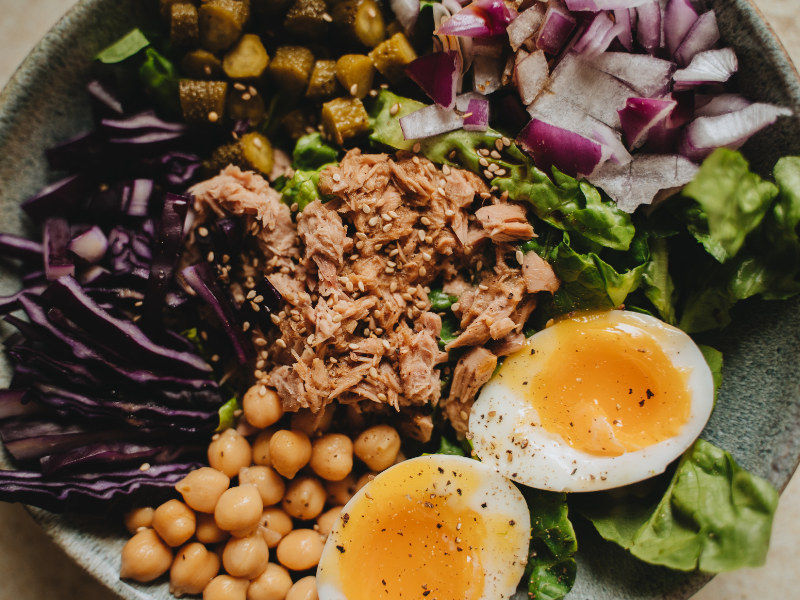
How much protein consumption is too little or too much? The adequate protein quota for your needs depends on factors like your age, weight, activity level, and also personal goals. For the average sedentary adult, it is recommended to have 0.8 grams per kilogram of body weight, which is about 60 grams a day for a 165-pound individual [1]. However, this does change with age as people over 40 require more protein to prevent muscle loss and it’s ideal for them to have around 1.0-1.2 grams per kilogram [2].
If you’re actively looking to bulk up or lose body fat, then having between 1.2-1.7 grams per kilogram will help you with your goals [3]. In general, trying to have around 30 grams of protein per meal is a good way for anyone to be able to stay on track and have enough protein in their diet. High-protein diets with protein-rich foods can be extremely beneficial, but it’s also important to keep track of them as excessive protein intake can lead to issues like kidney disease.
You may also like:
The Best Clean Bulk Meal Plan for Building Lean Muscle [Free PDF!]
A Guide To The 10 Best Vegetarian Protein Sources
Benefits of Protein
Here are some of the major benefits you can receive if you incorporate adequate protein in your daily diet:
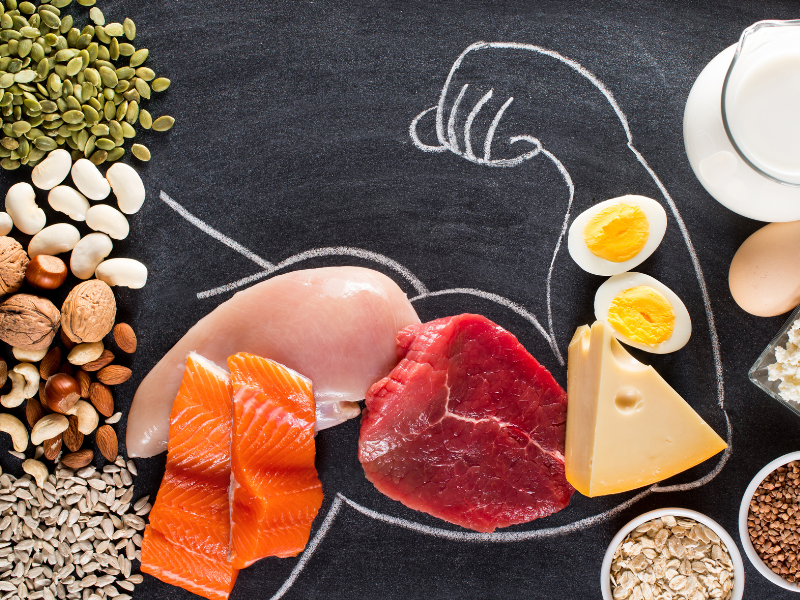
1. Supports Muscle Maintenance and Growth
Protein provides the amino acids your body needs to build lean muscle and also repair it, which is especially important if you’re active, aging, or trying to lose weight without losing lean muscle mass.
2. Helps Control Hunger and Cravings
A high-protein diet increases feelings of fullness and regulates appetite hormones, which can reduce unnecessary snacking and burn fat to support weight management.
3. Stabilizes Blood Sugar and Boosts Energy
Protein slows the absorption of sugar into the bloodstream, preventing energy crashes and keeping your blood sugar levels more stable throughout the day.
4. Aids in Hormone Balance
Proteins are made of amino acids, which are the building blocks for hormone production—including stress, thyroid, and reproductive hormones.
5. Enhances Cognitive Function and Mood
Protein-rich meals supply key nutrients for neurotransmitters like serotonin and dopamine, which support better focus, mental clarity, and emotional well-being.
High Protein Foods
Here’s a list of simple, everyday foods that are qualified to provide you with your daily dosage of protein. It’s also important that your high-protein breakfast or dinner isn’t in the form of processed items that are high in saturated fat and artificial additives, causing you more harm than good. Our carefully chosen protein sources will ensure overall health and well-being, too!
1. Chicken Breast (Grilled or Baked)
This is probably the most popular protein source, which is easy to season and works great in dishes like grilled chicken salad, chicken stir fry with veggies or a chicken tortilla wrap
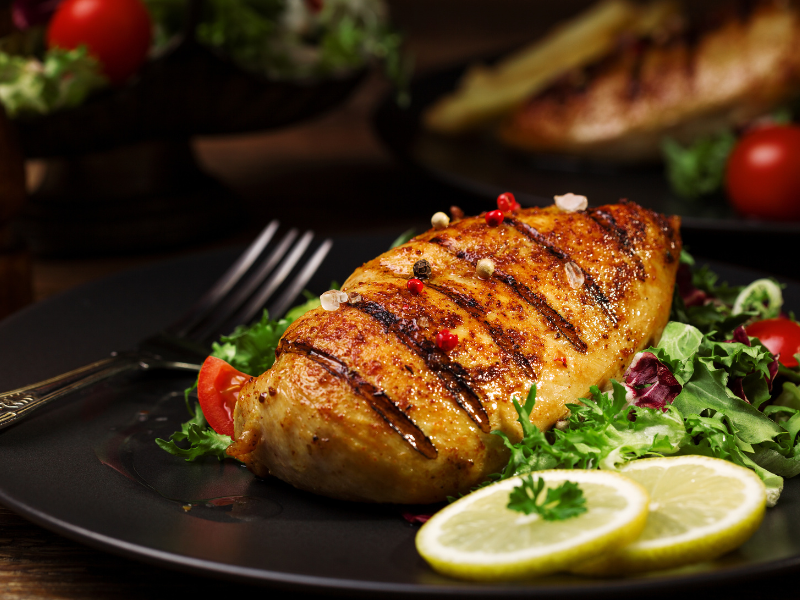
Serving Size: 3.5 oz (100g cooked)
Protein: 31g
2. Greek Yogurt (Plain, Nonfat)
Creamy, tangy, and with a whole lot of probiotics for gut health, greek yogurt is good to have by itself or as an addition to your breakfast meal. Try adding berries, chia seeds, or even a savory bowl that includes cucumber and cracked pepper along with the yogurt.
Serving Size: 1.5 cups (400g)
Protein: 30g
3. Tofu (Firm or Extra-Firm)
This versatile plant-based protein plays a major role in many Asian dishes. You can have them as part of tacos or tofu scramble with bell pepper or with a simple brown rice and roasted veggies combo.
Serving Size: 1 cup (250g)
Protein: 30g
4. Salmon (Cooked)
Loaded with omega-3 fatty acids which are great for managing cholesterol and brain health, you can enjoy smoked salmon, salmon with quinoa and asparagus, or sushi-style.
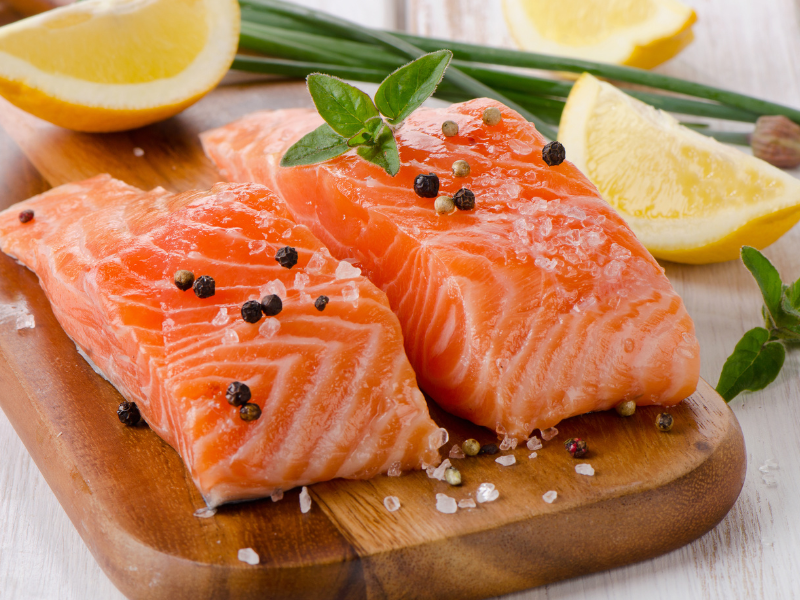
Serving Size: 4 oz (115g)
Protein: 30g
5. Lentils (Cooked)
Rich in fiber, lentils are yet another excellent meat-free protein option. Spiced lentil soup is a favorite amongst many, and you can also enjoy it in a simple lentil and feta cheese salad or a lentil and sweet potato shepherd’s pie.
Serving Size: 2.5 cups
Protein: 30g
6. Eggs + Egg Whites
For something budget-friendly and extremely versatile, you can’t go wrong with eggs. Packed with protein and healthy fats, there’s a range of meals you can whip up with them. Some examples are classic scrambled eggs, a breakfast wrap with bacon and veggies, and egg muffins
Serving Size: 3 whole eggs + 3 egg whites
Protein: 30g
7. Protein Powder (Whey or Plant-Based)
This is mostly the first option that pops into most people’s heads when wondering how you can hit your protein goals. Protein powder is perfect for a post-workout refreshment or to have something on the go, and aside from the usual milkshake and smoothie you can also experiment with protein pancakes or overnight oats mixed with protein powder. Just make sure to also not have too much protein as it can lead to issues with your kidney.
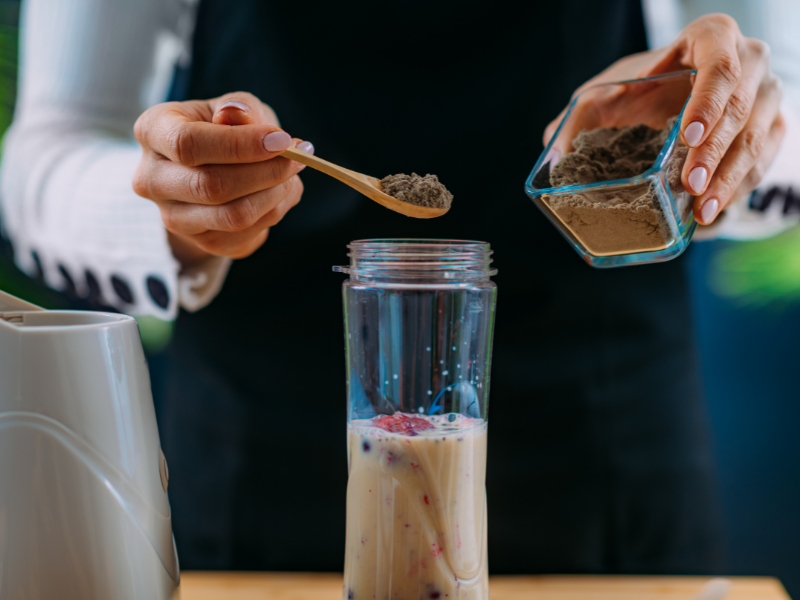
Serving Size: 1 scoop (30–35g)
Protein: 25–30g
8. Cottage Cheese (Low-Fat or Full-Fat)
Fluffy and chewy, cottage cheese is high in casein protein, and it can help you with weight loss as it keeps you feeling full. For a sweet option, mix it with some pineapple chunks in a bowl, and for a breakfast option, spread it on high-protein bread slices with avocado.
Serving Size: 1.5 cups
Protein: 30g
9. Tempeh
Tempeh is made out of fermented soy and has a great nutty texture and taste to it. It can be eaten in the form of skewers or mixed with salsa, cheese, and avocado for some tacos. You can also come up with a tempeh grain bowl for a more healthy meal.
Serving Size: 1 cup (170g)
Protein: 30 grams of protein
10. Lean Ground Beef (90% Lean or Higher)
The perfect option for all the meat lowers, lean ground beef is heavy in protein and iron making for great balanced meals. You can have them as beef lettuce wraps, beef and veggies in a skillet, or beef with quinoa stuffed bell peppers!
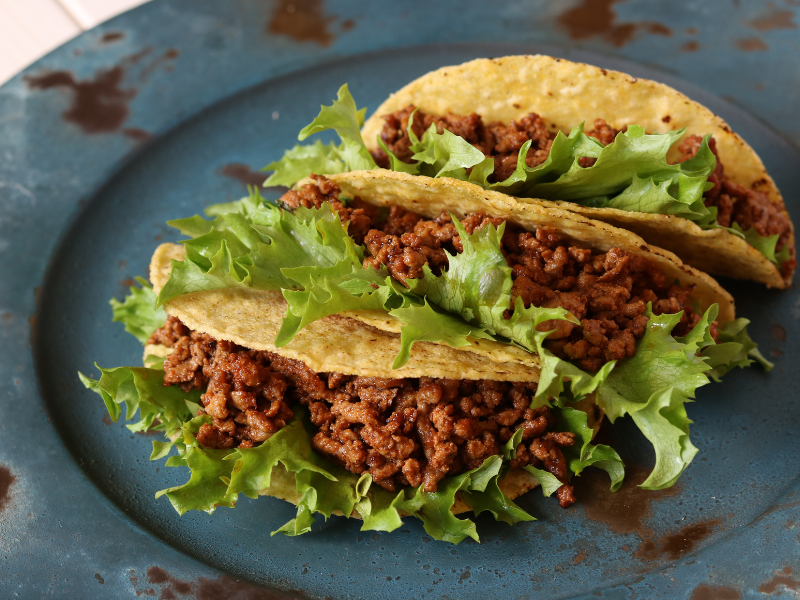
Serving Size: 4 oz cooked
Protein: 30 grams of protein
Conclusion
We hope that this article has helped you understand the many different ways you can incorporate protein into your diet, whether it’s for weight loss, building muscle mass, or just for a generally healthy and balanced diet. For more tips and resources on how you can lead an active lifestyle with health benefits, check out the JustFit app!





